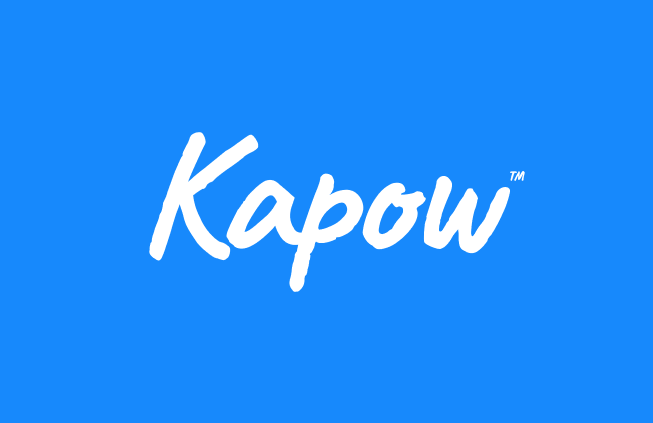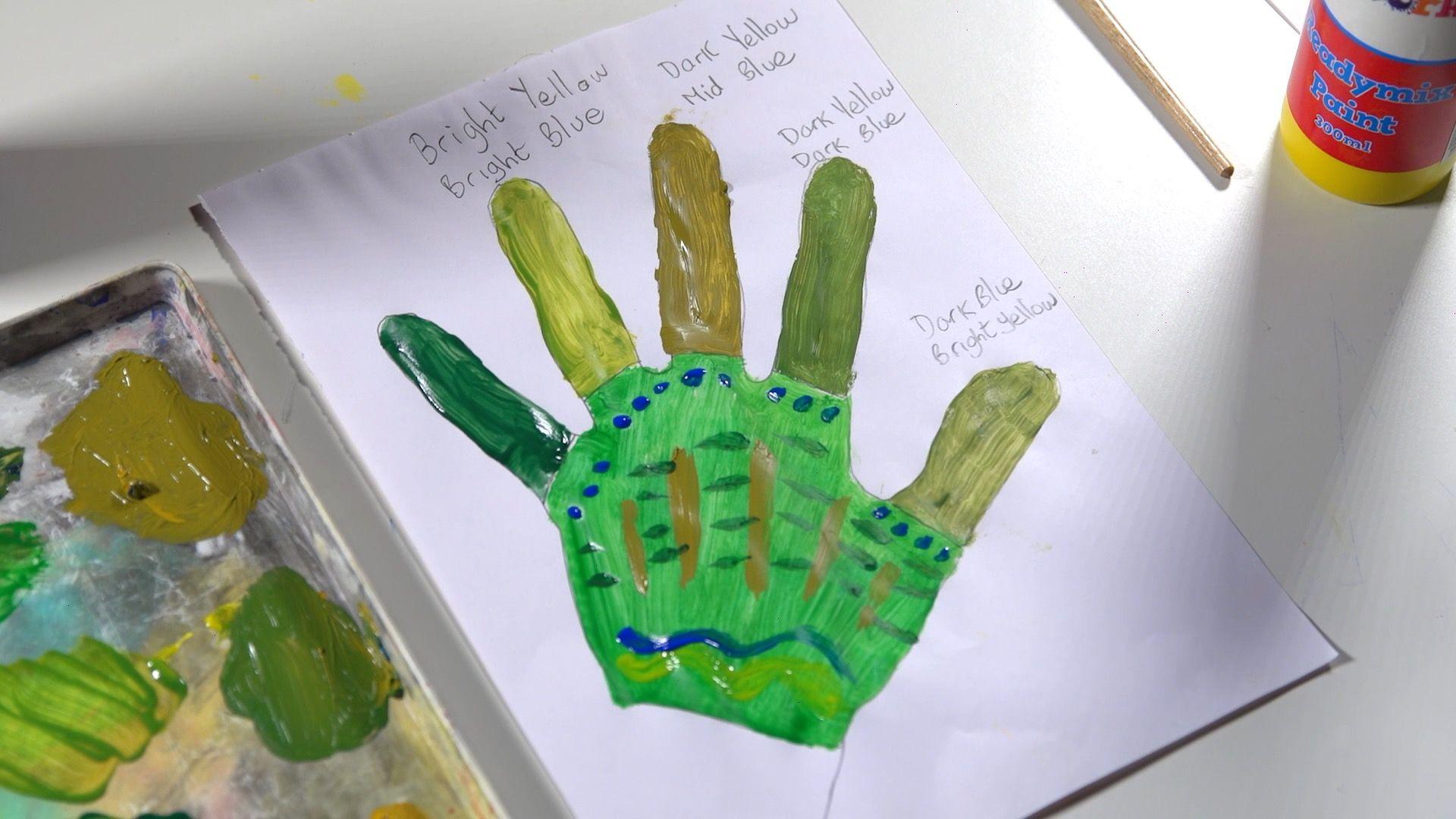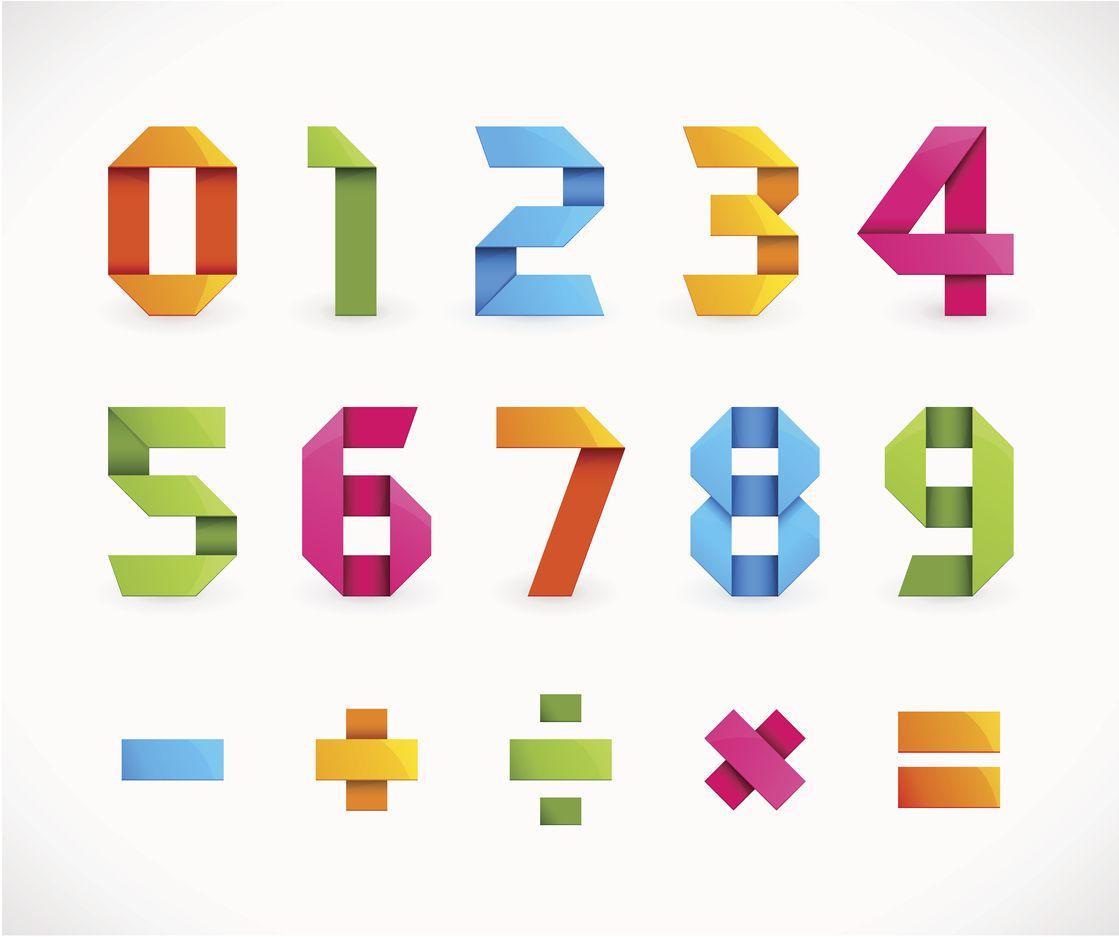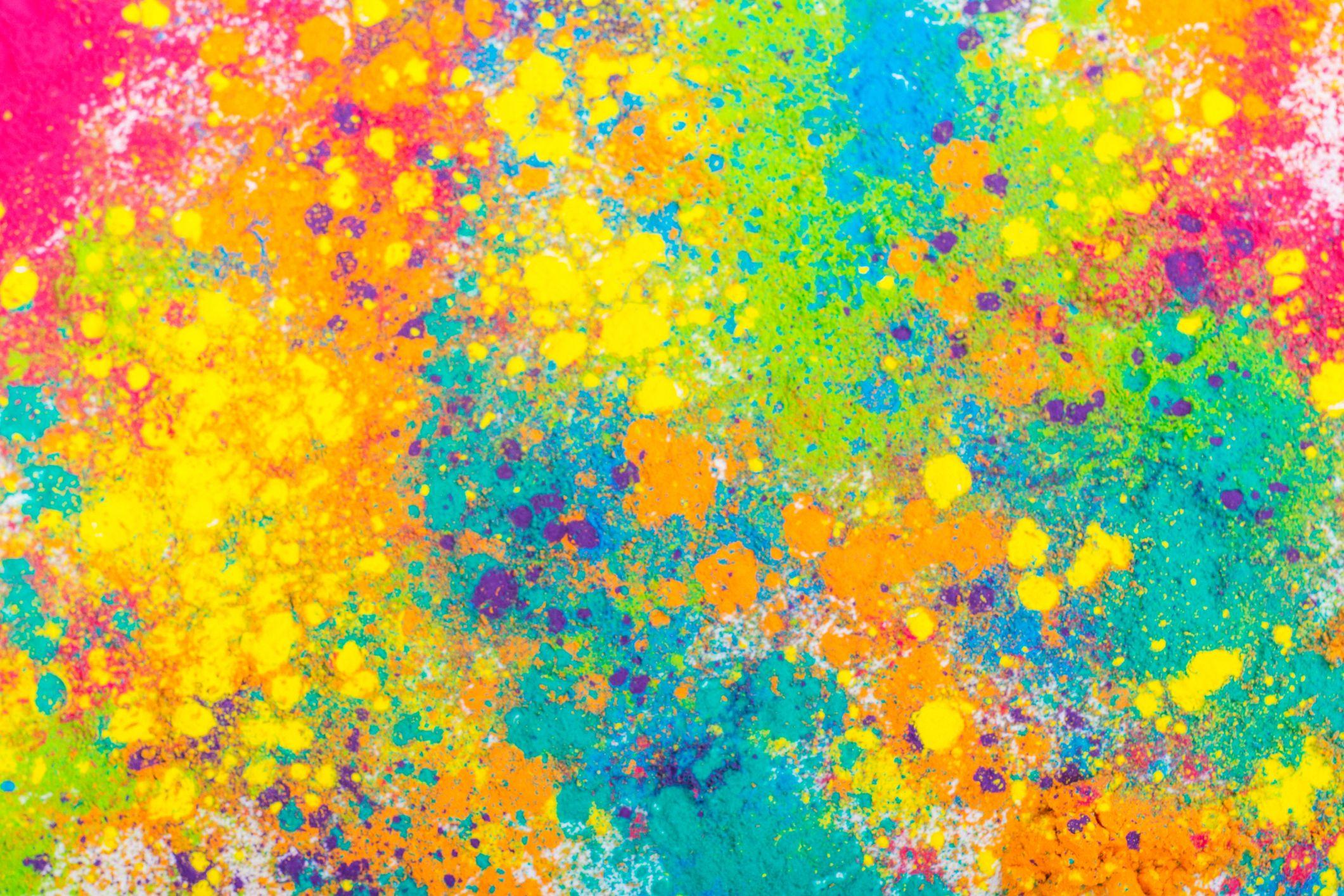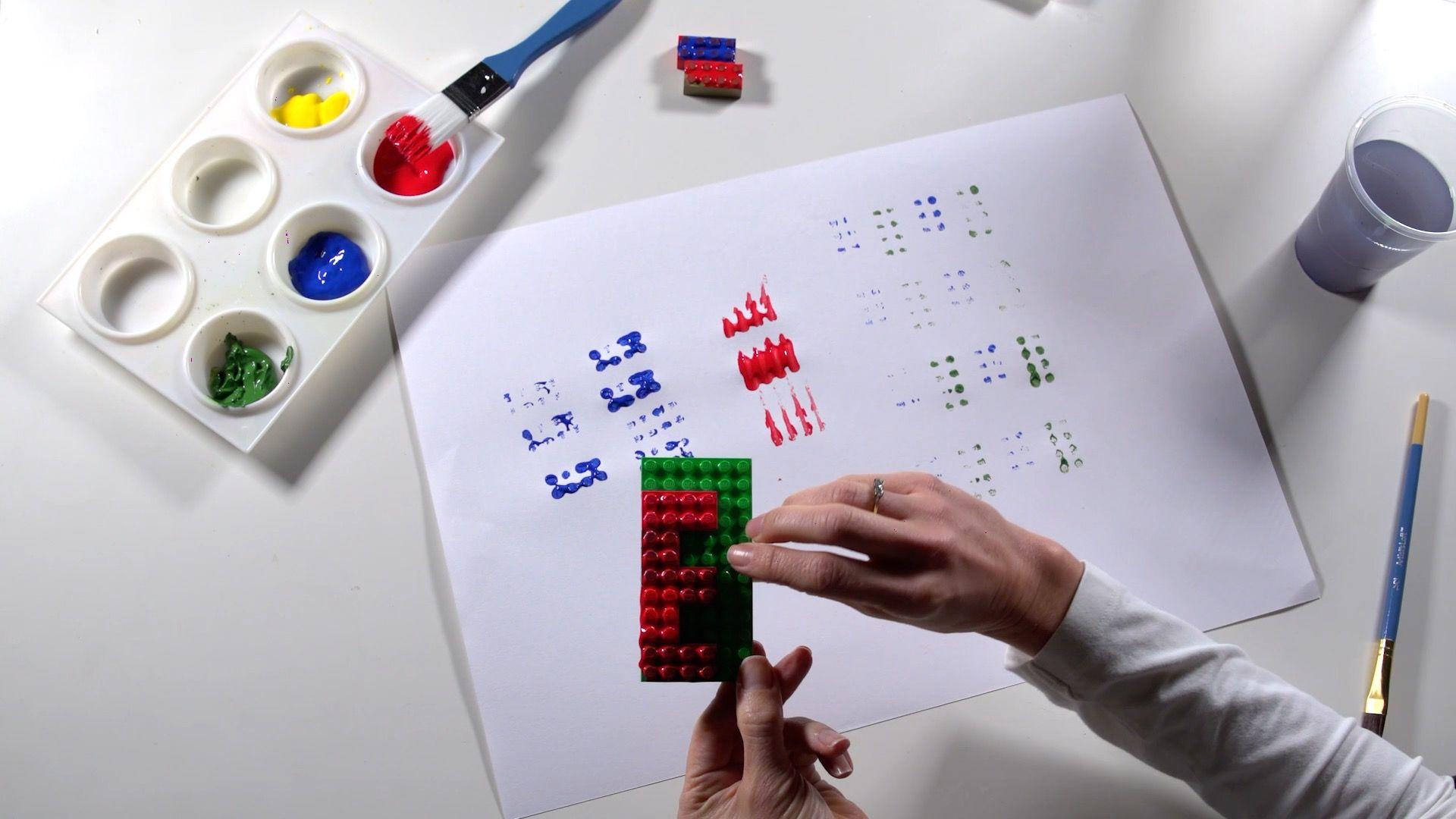Learning intention
- To apply their painting skills when working in the style of an artist.
Success criteria
- I can mix secondary colours.
- I can choose to
This content is for subscribers only. Join for access today.
Cambridge Primary Art & Design (0067) Learning objectives
Experiencing
E.01 Encounter, sense,
This content is for subscribers only. Join for access today.
Before the lesson
This content is for subscribers only. Join for access today.
Lesson plan
Recap and recall
Show the Presentation: Green fingers. Working in pairs, ask learners to discuss which green, shown in the numbered circles, best matches the green of the object in the picture. Invite a learner to click on the numbered circle to show the matching colour.
This content is for subscribers only. Join for access today.
Extended-mode explainer videos
How to extend your display to view the lesson page and preseantion mode simultaneously. Choose your operating system below to watch the video
If you need further support with extending your display,
please contact [email protected].
Differentiation
Learners needing support:
- Should practise painting circles on spare paper before painting the plate.
- Could make runny black paint to make trees and move their paper to make the black paint run.
Learners working at a stretch:
- Could try different colour combinations and use their knowledge of colour mixing when painting their plate.
- Should look back at their trees to think about how to make improvements to their paintings.
This content is for subscribers only. Join for access today.
Assessing progress and understanding
Learners with secure understanding can:
- Mix secondary colours with confidence.
- Describe how secondary colours
This content is for subscribers only. Join for access today.
Vocabulary definitions
-
design
To make plans for something.
-
paint
A coloured liquid used to make a painting.
This content is for subscribers only. Join for access today.
Example work
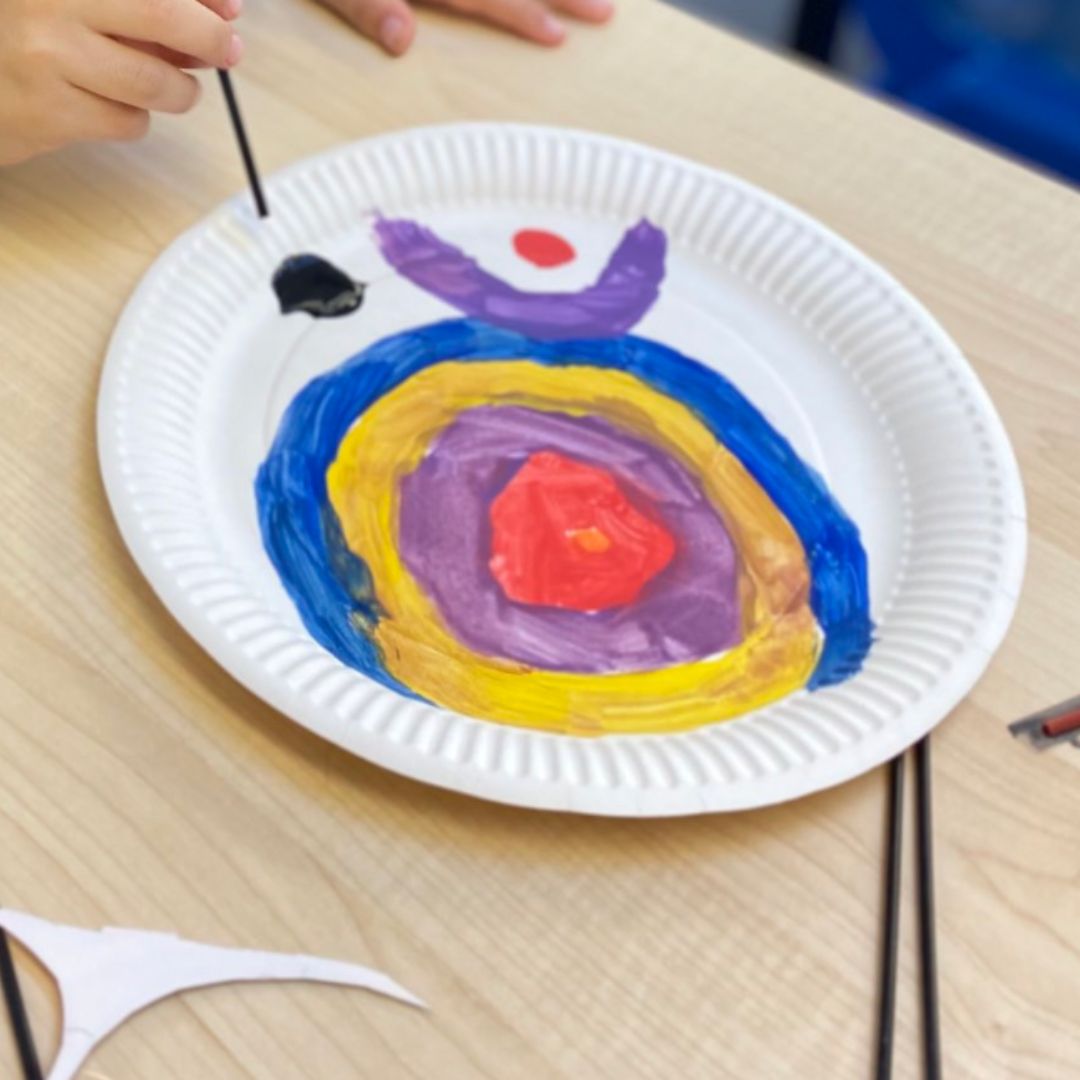
Auckley School, United Kingdom
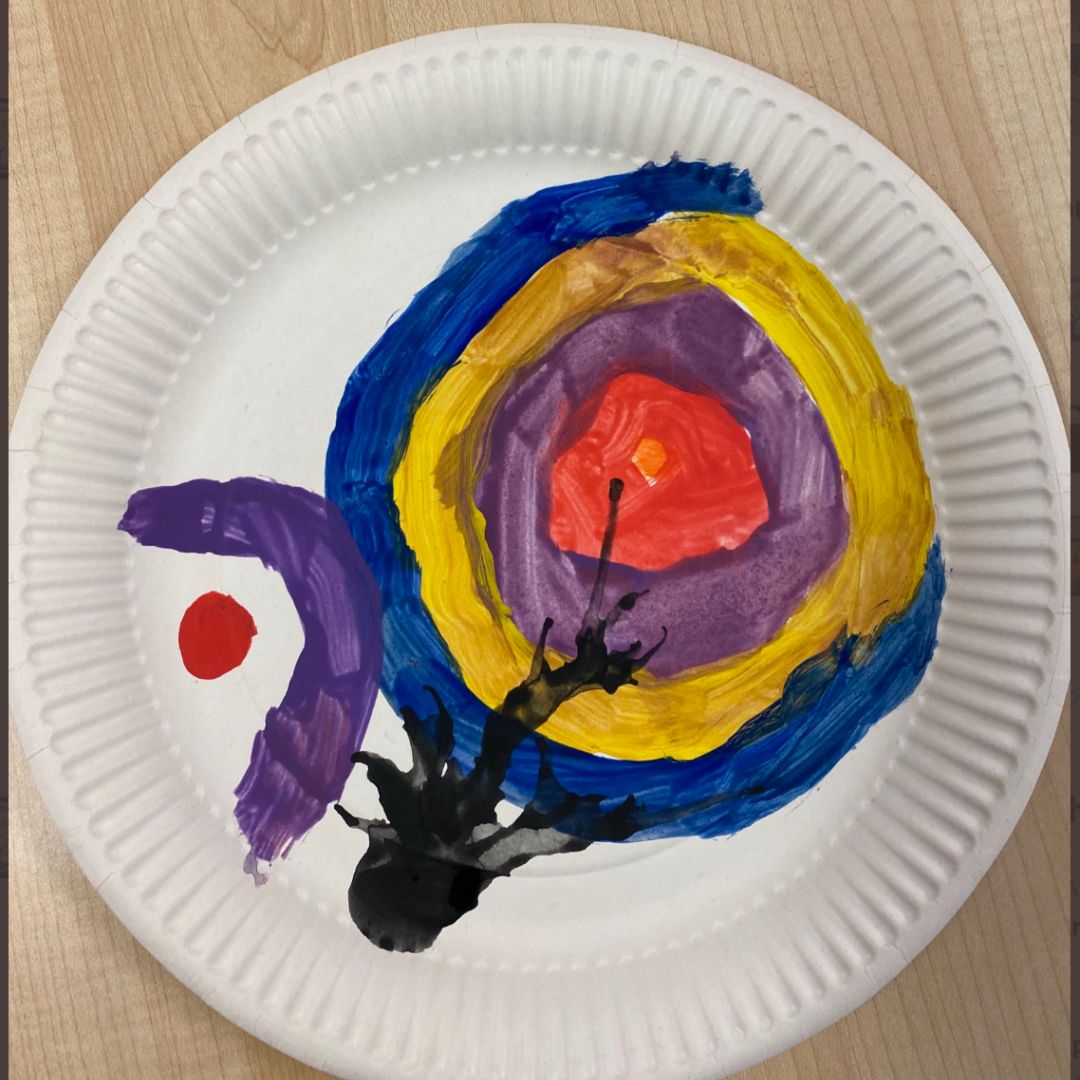
Auckley School, United Kingdom
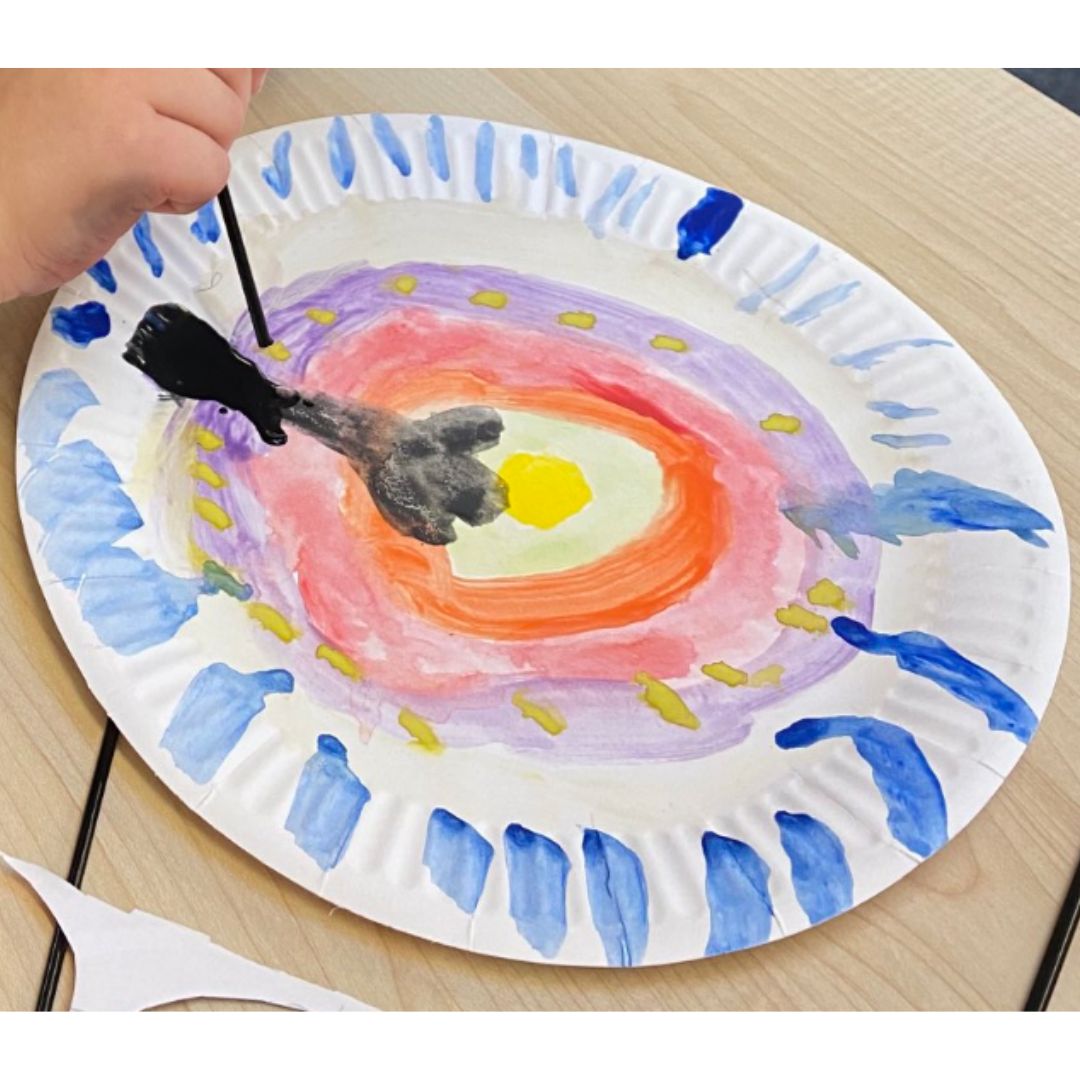
Auckley School, United Kingdom
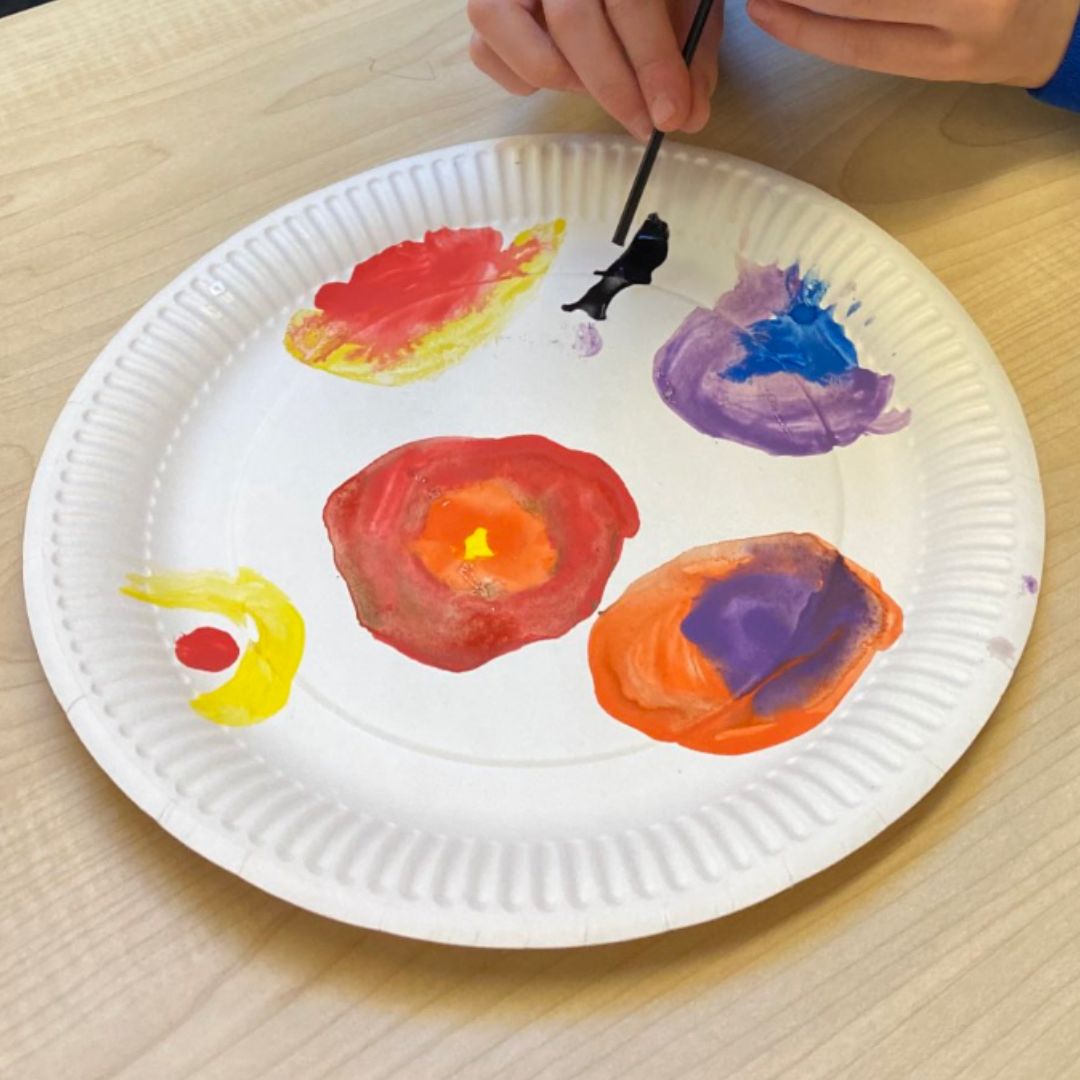
Auckley School, United Kingdom
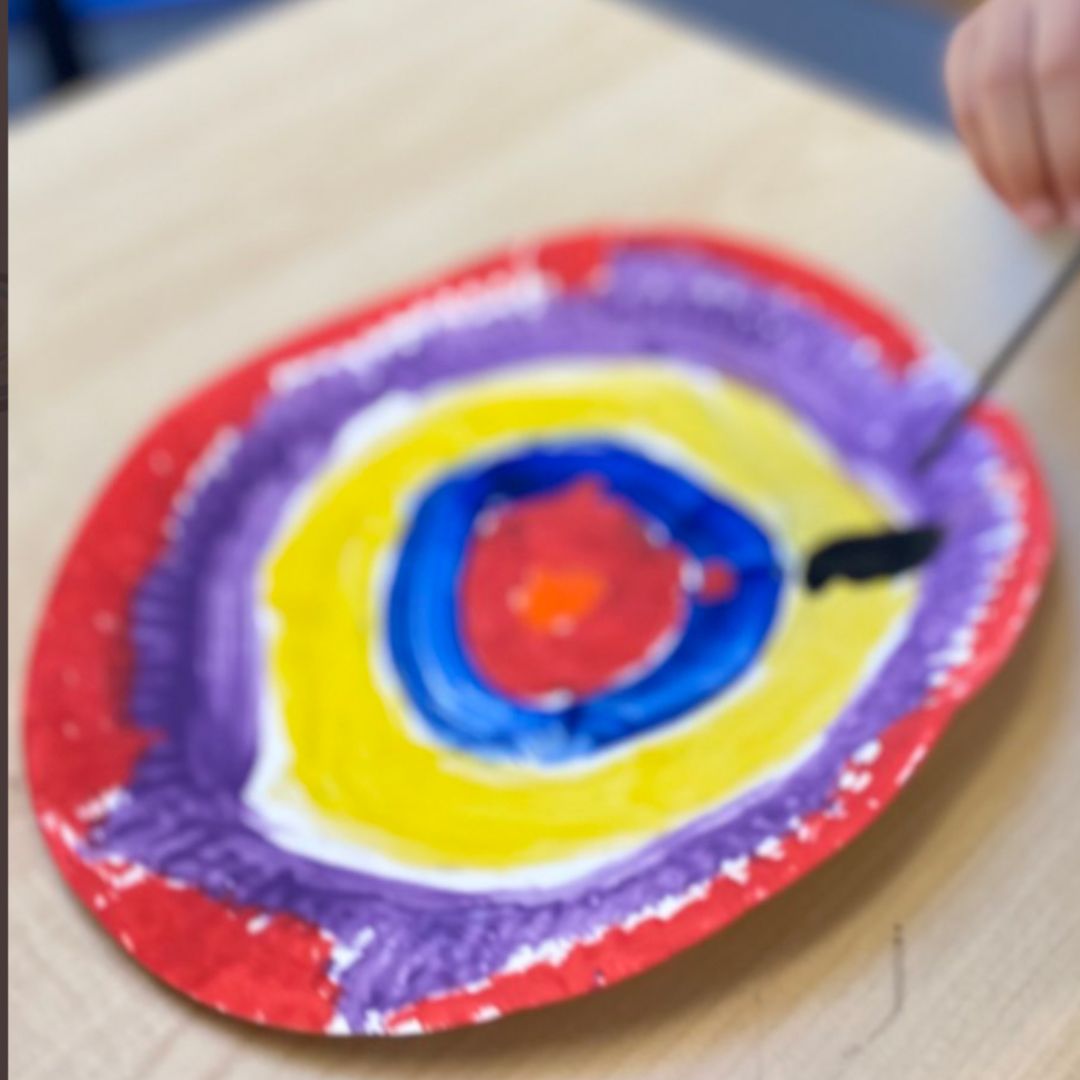
Auckley School, United Kingdom
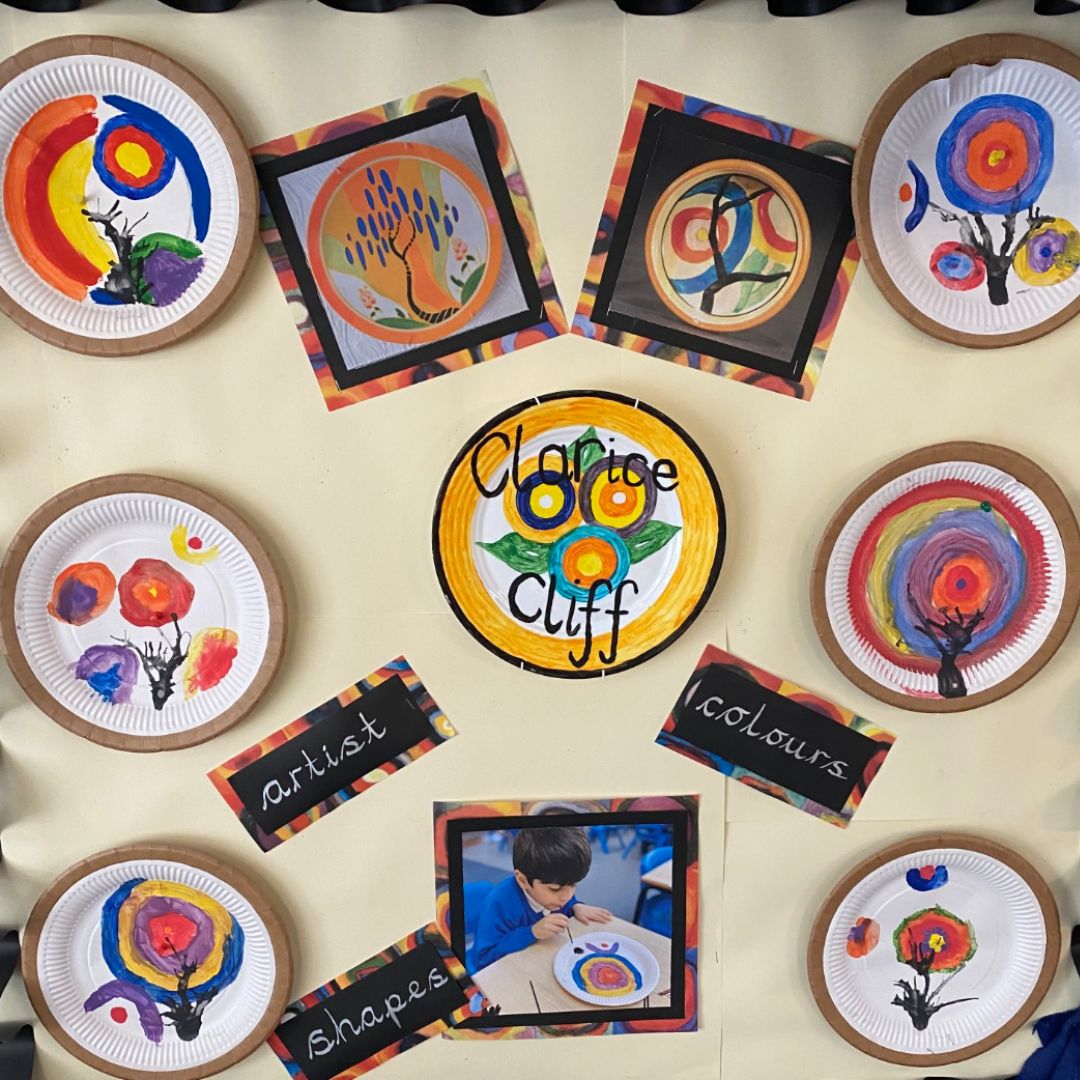
Auckley School, United Kingdom
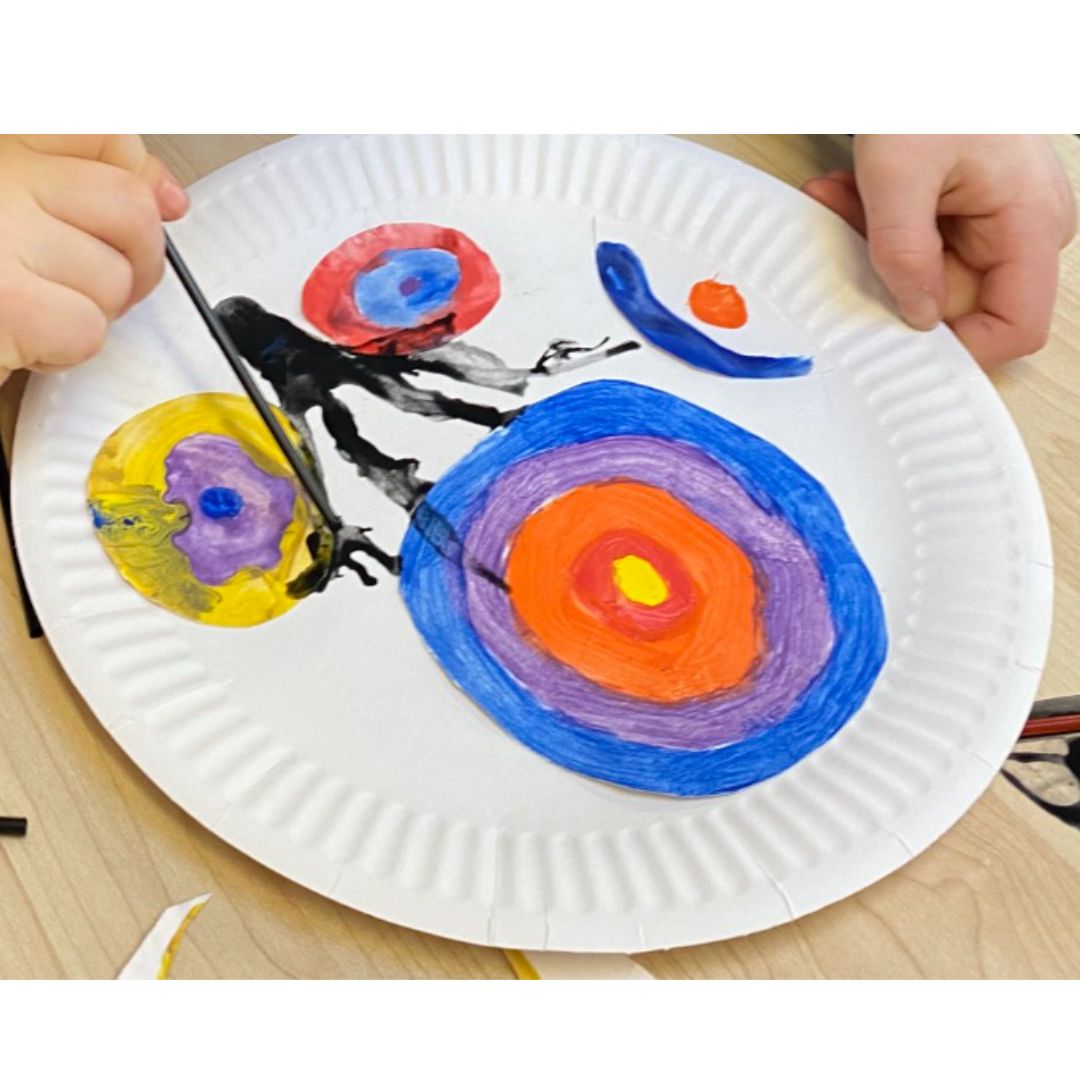
Auckley School, United Kingdom
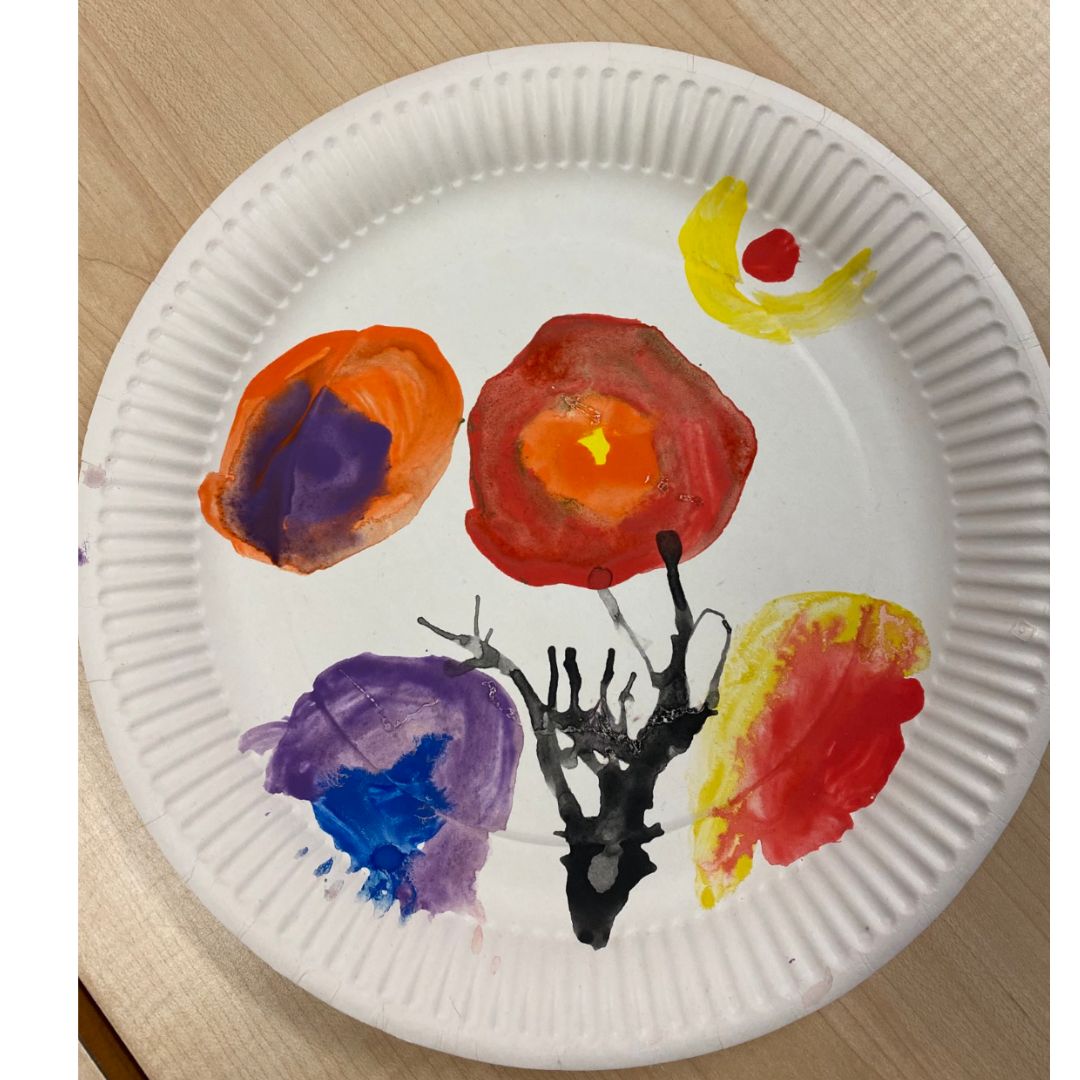
Auckley School, United Kingdom
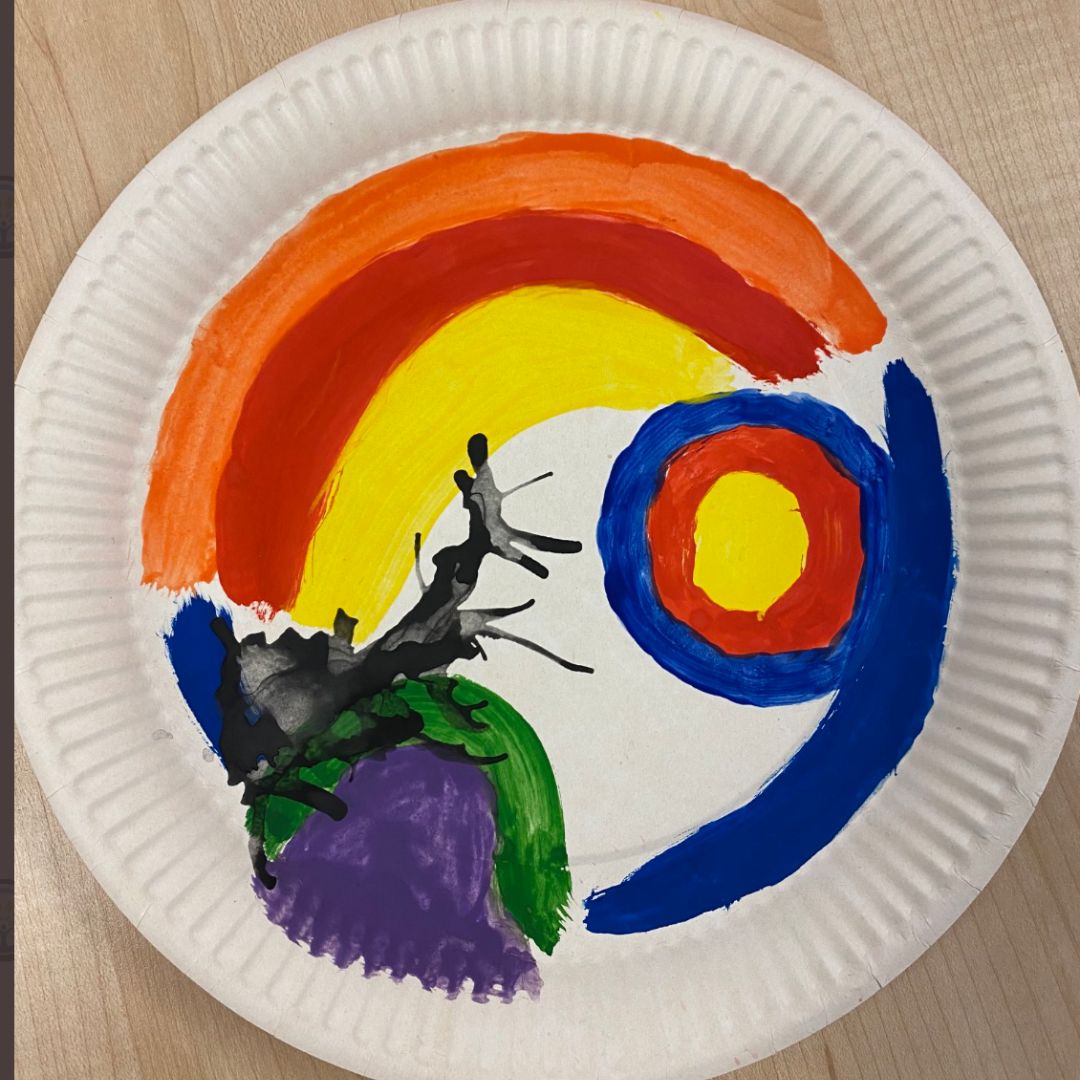
Auckley School, United Kingdom
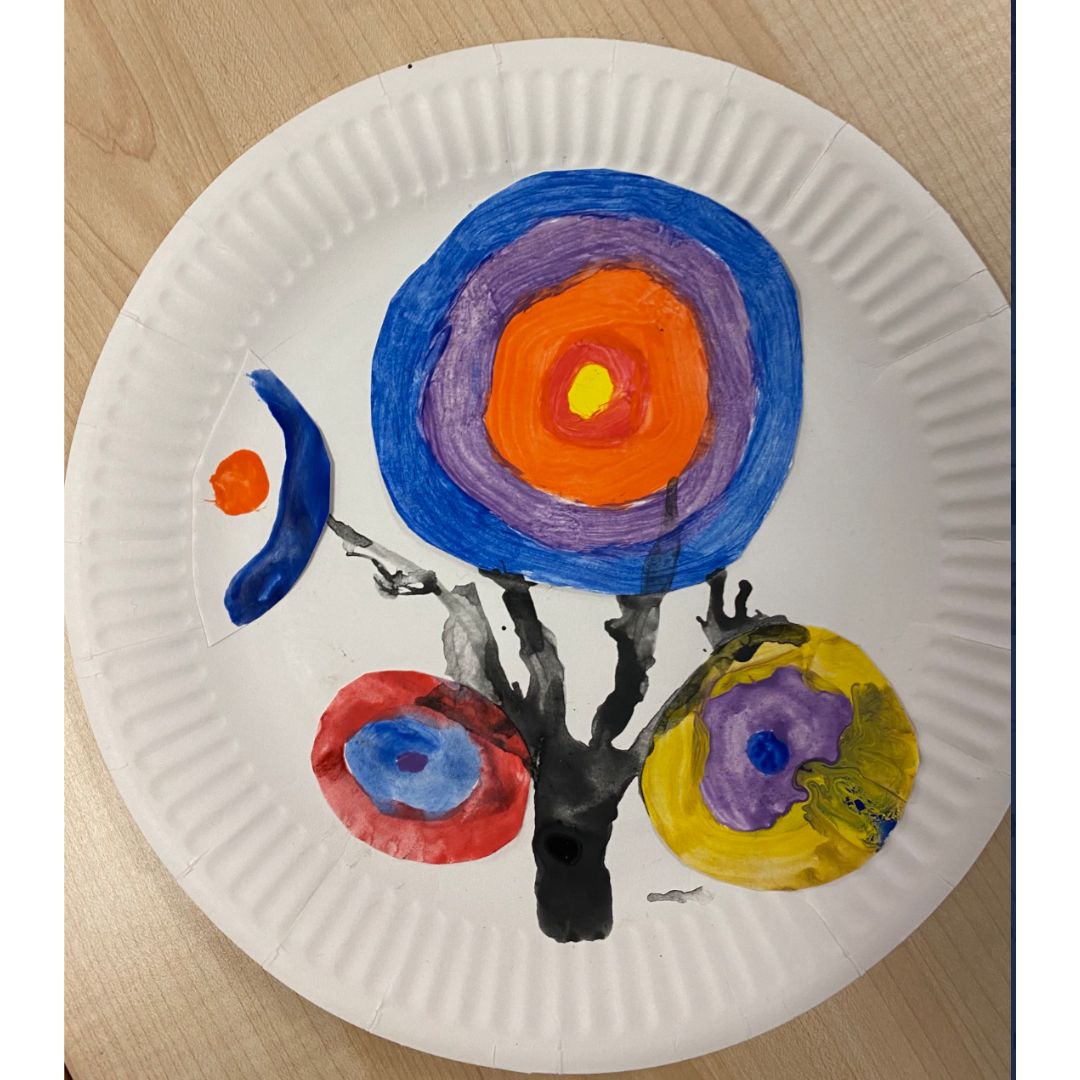
Auckley School, United Kingdom
This content is for subscribers only. Join for access today.
In this unit
Lesson 1: Making colours
Lesson 2: Painting with colour
Lesson 3: Printing with paint
Lesson 4: Exploring colour mixing
Lesson 5: Clarice Cliff plates

